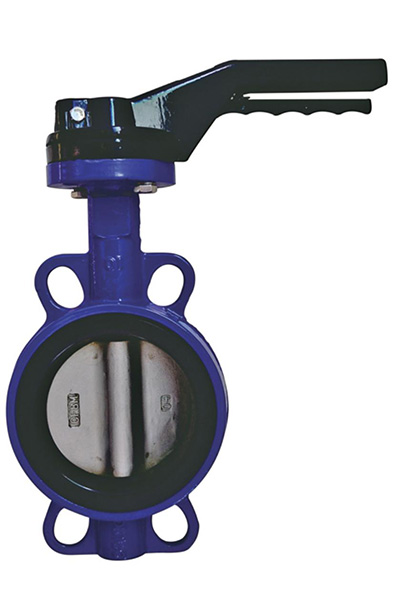10 月 . 10, 2024 08:13 Back to list
Exploring the Design and Functionality of Cable and Wire in Construction
Building Cable Wire Understanding the Essentials
Building cable wire is a critical component in both residential and commercial construction. It serves as the backbone for electrical systems, ensuring that power is delivered efficiently and safely to various outlets, lighting fixtures, and appliances. Understanding the different types of building cable wire and their applications is crucial for anyone involved in construction or electrical installation.
At its core, building cable wire is designed to transmit electrical energy
. The most common types include Non-Metallic Sheathed Cable (NM), Armored Cable (AC), and underground feeder (UF) cable. Each type has specific applications and advantages depending on the environment and requirements of the project.Non-Metallic Sheathed Cable, often referred to by its trademark name, Romex, is widely used in residential wiring. It is composed of two or more insulated conductors and a bare ground wire encased in a flexible plastic sheath. This type of cable is easy to work with and offers good protection against moisture and abrasion, making it ideal for indoor use. It is especially popular for wiring walls and ceilings where it can be easily routed through building frames.
Armored Cable, or AC, provides an added layer of protection with its metal sheath. This type of cable is perfect for areas where it may be exposed to mechanical damage, such as in garages or industrial settings. The metal armor not only protects the wires from physical impacts but also provides grounding, enhancing safety. Although it may be more challenging to install than NM cable, its durability makes it a preferred choice in environments with greater risks of wear and tear.
building cable wire

Underground Feeder (UF) cable is designed for direct burial in the ground. Its robust construction, including a moisture-resistant sheath, allows it to withstand the elements, making it suitable for outdoor circuits, such as powering landscaping lights or outdoor receptacles. When installing UF cable, it is essential to ensure it is buried at the correct depth to avoid damage from surface activities or environmental factors.
When selecting building cable wire, several factors must be considered, including the type of load, route of installation, and local electrical codes. It’s crucial to choose the appropriate wire gauge as well, since the thickness of the wire affects its ability to carry current safely. Using a wire that is too thin for the intended load can lead to overheating and potential fire hazards.
Additionally, understanding the National Electrical Code (NEC) requirements ensures that wiring meets safety standards. These codes dictate the type of materials used, installation practices, and specific applications for various types of cable. Adhering to these regulations not only promotes safety but also ensures the efficiency of electrical installations.
In conclusion, building cable wire is an essential aspect of electrical installations that requires careful consideration and understanding. Whether opting for Non-Metallic Sheathed Cable, Armored Cable, or Underground Feeder Cable, knowing the strengths and applications of each type can lead to safer and more effective construction projects. As technology progresses and electrical demands evolve, staying informed about advancements in wiring will continue to be paramount for builders and electricians alike.
Share
-
Understanding the Differences Between Wafer Type Butterfly Valve and Lugged Butterfly ValveNewsOct.25,2024
-
The Efficiency of Wafer Type Butterfly Valve and Lugged Butterfly ValveNewsOct.25,2024
-
The Ultimate Guide to Industrial Swing Check Valve: Performance, Installation, and MaintenanceNewsOct.25,2024
-
Superior Performance with Industrial Swing Check Valve: The Essential Valve for Any SystemNewsOct.25,2024
-
Industrial Swing Check Valve: The Ideal Solution for Flow ControlNewsOct.25,2024
-
You Need to Know About Industrial Swing Check Valve: Functionality, Scope, and PerformanceNewsOct.25,2024